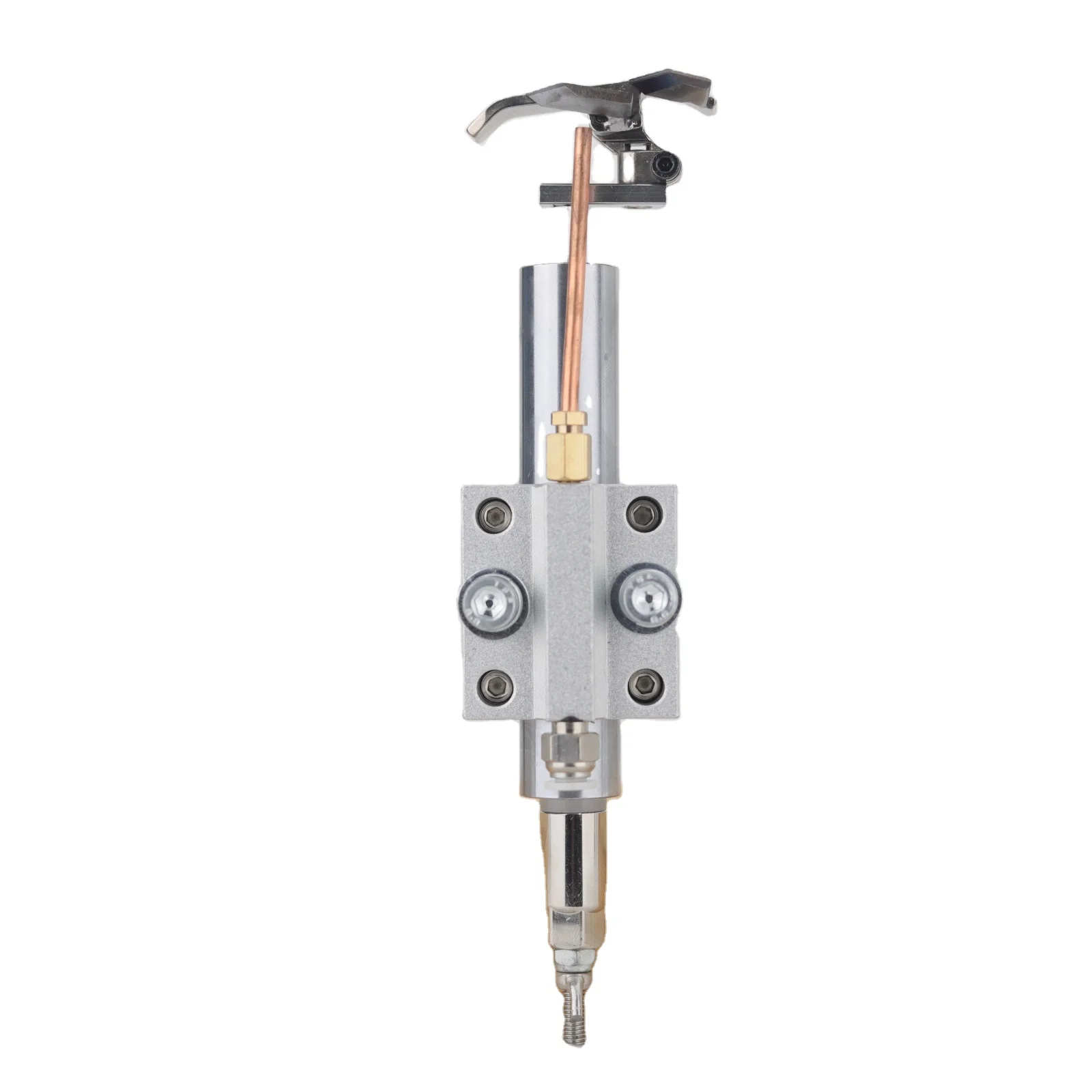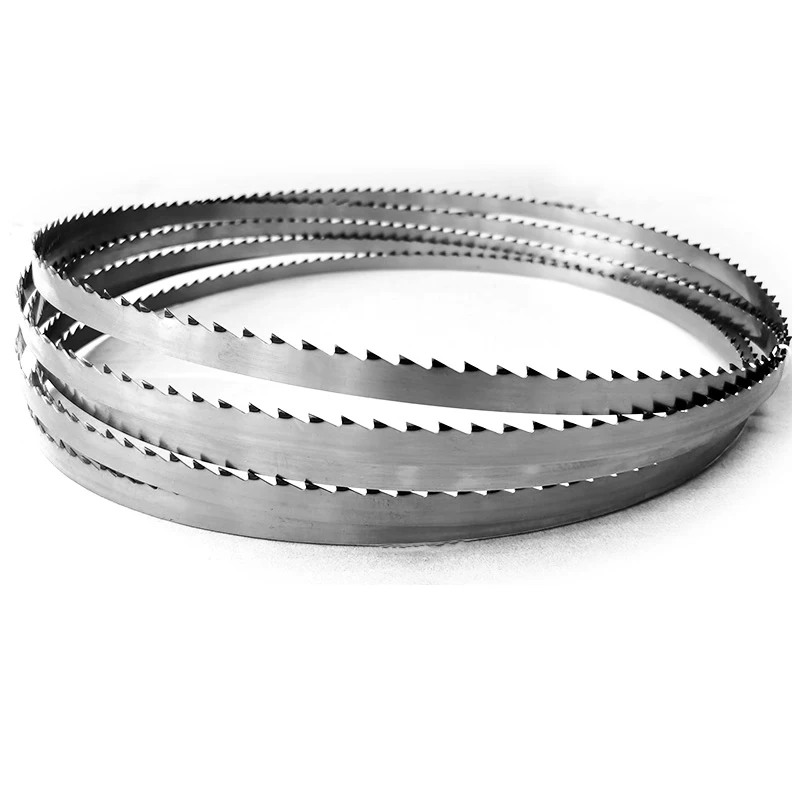Unit 1301-2, No. 365, Chengyi Street, Software Park Phase Iii, Xiamen, Fujian, China +86-18650178166 manager@xmstrongtech.com +86-15159201675 Xiamen Strongtech Co., Ltd.
Unit 1301-2, No. 365, Chengyi Street, Software Park Phase Iii, Xiamen, Fujian, China +86-18650178166 manager@xmstrongtech.com +86-15159201675 Xiamen Strongtech Co., Ltd.
CNC routers are incredibly versatile tools in woodworking, known for their ability to execute complex cuts with high precision. These machines can handle a wide range of tasks, from crafting intricate designs to mass-producing identical pieces without sacrificing quality. The key to their precision lies in their programming, primarily using G-code to control movements and operations. This code serves as the language that dictates the router's actions, enabling meticulous control over dimensions and shapes, thus enhancing machining accuracy. Recent advancements in CNC technology, such as integrated CAD/CAM software, have streamlined the design-to-production workflow. This integration allows users to easily transition from planning to execution, improving efficiency and reducing the potential for errors in the production process.
Planers and thicknessers play a critical role in woodworking by ensuring uniform thickness and smooth surfaces on wood. These machines help refine the raw wood, achieving the desired dimensions while perfecting the surface quality. Specifications like cutting height, width capacity, and feed rate are crucial determinants of a machine's performance. Choosing the right specifications can significantly impact the finish quality and efficiency of the machine. Innovations in surface processing technology include digital readouts and automatic feed systems, which enhance usability and precision. These features not only offer convenience but also contribute to maintaining consistency across multiple pieces, saving time and labor in the woodworking process.
Specialized saws such as band saws, miter saws, and circular saws are essential in woodworking for executing various types of cuts. The characteristics of the saw blades—such as tooth configuration, materials used, and their optimal applications—are pivotal for achieving the desired cut on different wood types. For instance, a saw blade for wood must be chosen based on its ability to manage the specific density and texture of the material being cut. Cutting capacities, determined by the diameter, depth, and type of cuts executed—whether crosscut or rip cuts—are important considerations for maximizing application versatility. Understanding these blade specifications ensures users can tailor their cutting approach to the specific requirements of each project, enhancing efficiency and reducing waste.
Router bits are essential in crafting intricate designs and achieving precision in woodworking tasks. The variety of router bit types, such as straight, flush trim, and round-over, cater to different woodworking needs, offering versatility in execution. When analyzing router bit materials, carbide and high-speed steel stand out; both materials provide durability but differ in performance based on their hardness and resistance to wear. While carbide offers superior lasting power, high-speed steel allows for sharper blades, making it ideal for finer details. Coatings such as Teflon and titanium significantly enhance the router bits' functionality by increasing heat resistance and reducing friction, which prolongs their life and ensures smoother operations.
Table saw blades are integral in determining cutting performance quality through their tooth geometry, impacting the precision and efficiency of cuts. Different tooth geometries, such as flat top or alternate top bevel, directly affect the smoothness of the finished edge and suitability for various wood types. Choosing the right blade significantly influences feed rates and finish quality, particularly in hardwood applications where precision is paramount. Innovations in blade technology have improved heat resistance, making blades less susceptible to wear during extended use, ultimately providing a more durable and efficient tool for woodworking enthusiasts and professionals.
Effective dust collection systems are crucial for maintaining workplace safety and cleanliness, ensuring that woodworkers operate in a healthy environment. CFM ratings, or cubic feet per minute, are a vital specification as they correspond to equipment capacity and the type of dust produced, allowing users to match systems to their specific needs. Filtration efficiency standards play a pivotal role, especially HEPA filters, which are designed to capture even the smallest particles, safeguarding users' respiratory health. By integrating efficient dust collection systems, workshops can provide a safer atmosphere for their workers while maintaining equipment longevity through reduced dust buildup.
Each component, from router bits to dust collection systems, is crucial in high-performance woodworking systems, affecting quality, efficiency, and safety. By understanding and implementing the right tools and technologies, one can optimize production outcomes while maintaining a healthier working environment.
The motor power required for various woodworking machines plays a pivotal role in determining performance and efficiency. Selecting the right motor power ensures that your woodworking machinery can handle tasks efficiently without straining the motor, ultimately prolonging its lifespan. One key aspect to consider is the importance of RPM ranges, which dictate cutting speed and material handling capabilities. Higher RPMs generally facilitate faster cutting speeds, making them ideal for softer woods, while lower RPMs are better suited for harder materials. Additionally, torque requirements are vital as they influence the machine's ability to cut through different wood types effectively. Machines with high torque support better performance in challenging cuts, especially in hardwood applications.
Understanding cutting accuracy and tolerance levels is crucial in achieving precise joinery work. Tolerances in woodworking define the allowable deviations in measurements, which are essential for ensuring parts fit together seamlessly. Industry standards vary significantly between cabinetry and structural applications, with cabinetry demanding tighter tolerances. For instance, the cabinetry industry typically adheres to a tolerance level of 0.003 inches or less, while structural applications may allow for broader deviations. To enhance cutting accuracy, several tools and techniques can be employed, such as laser guides and precision measuring devices. These technologies help woodworkers achieve the high level of precision necessary for professional-quality joinery.
Optimizing feed rates across different material types is crucial for maintaining efficient production while ensuring tool longevity and surface finish quality. The feed rate must be meticulously adjusted based on material hardness and grain structure to avoid damaging the material or excessively wearing cutting tools. For softer woods, higher feed rates can be utilized, whereas harder woods require slower rates for precision. Utilization of tools or software designed specifically for calculating ideal feed rates aids operators in achieving optimal performance across various operations. By optimizing feed rates, woodworking businesses can boost productivity and minimize maintenance costs, thereby enhancing overall operational efficiency.
Hardwood density significantly influences the configuration of woodworking machinery and the selection of appropriate tools. Denser woods like oak and maple require robust machinery and sharper, more durable tools to ensure clean and efficient cuts. For instance, a wood planer with high RPM ranges and enhanced power is ideal for working with hardwoods, as it can handle the resistance and ensure smoother finishes. When processing denser wood species, machines may need adjustments such as slower feed rates or increased cutting power to maintain quality and prevent damage to the tools. Additionally, the setup might require stronger tooling choices, like high-quality router bits for woodworking, that can withstand the demands of harder materials.
To adapt to different hardwood densities, certain physical machinations are necessary. Efficient dust collection systems become essential to manage the larger volume of sawdust produced, safeguarding both the machine and the workers. Furthermore, higher power requirements are often needed for machines to maintain the adequate speed and precision needed for dense wood types, emphasizing the importance of investing in robust woodworking machinery. By setting up the machinery appropriately for specific wood densities, we can achieve optimal cutting results, ensuring both operational efficiency and quality outputs.
In woodworking, safety is paramount, and blade guard systems play a crucial role in ensuring operator protection. These guards are designed to cover the blade of machinery, reducing the risk of accidental contact. Emergency stop mechanisms are equally vital, allowing machines to be swiftly halted in a crisis, thereby preventing accidents. According to the Woodworking Machinery Supply Association, nearly 40% of woodworking accidents are linked to machinery misuse, which underscores the importance of robust safety measures. By prioritizing the implementation of blade guards and emergency stop systems, operators can significantly enhance safety in the workplace.
Preventive maintenance is essential for prolonging the lifespan of woodworking machinery and ensuring optimal performance. Regular lubrication reduces wear on moving parts, while alignment checks prevent machinery from operating inefficiently. Key maintenance tasks should include a schedule for lubrication and verifying the alignment of critical components. According to industry standards, setting a consistent maintenance routine not only boosts performance but also minimizes costly downtimes. Manufacturers often provide detailed guidelines, enabling businesses to establish effective maintenance protocols that align with their operational needs.
Adhering to safety standards such as ANSI and OSHA regulations is crucial for maintaining workplace safety in woodworking environments. These regulations cover a wide range of safety aspects, from equipment usage to personal protective equipment protocols. Compliance helps in reducing the likelihood of accidents and promotes a culture of safety. Organizations like the Woodworking Machinery Industry Association (WMIA) offer resources to assist businesses in meeting these safety regulations. By staying compliant, companies not only protect their workforce but also avoid potential legal and financial repercussions associated with non-compliance.





